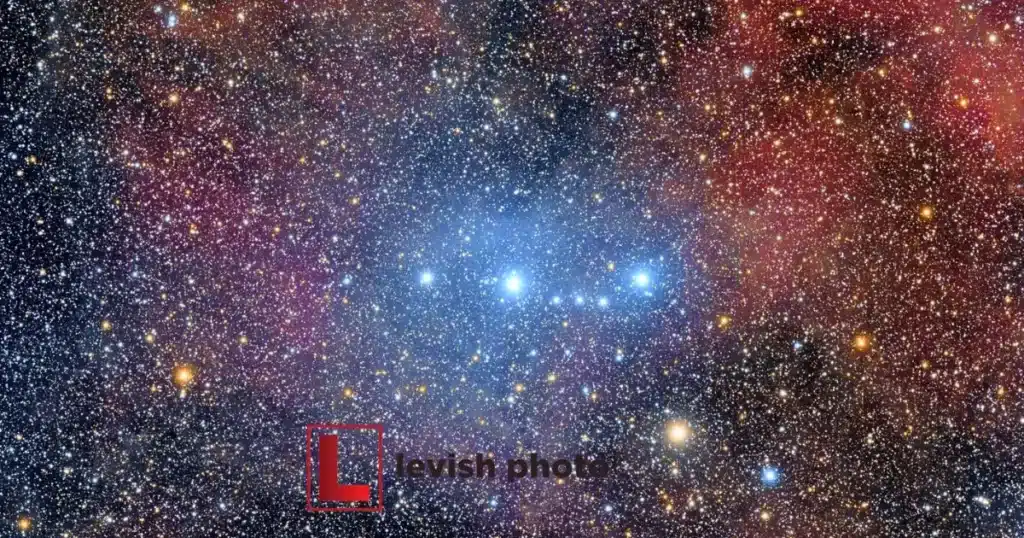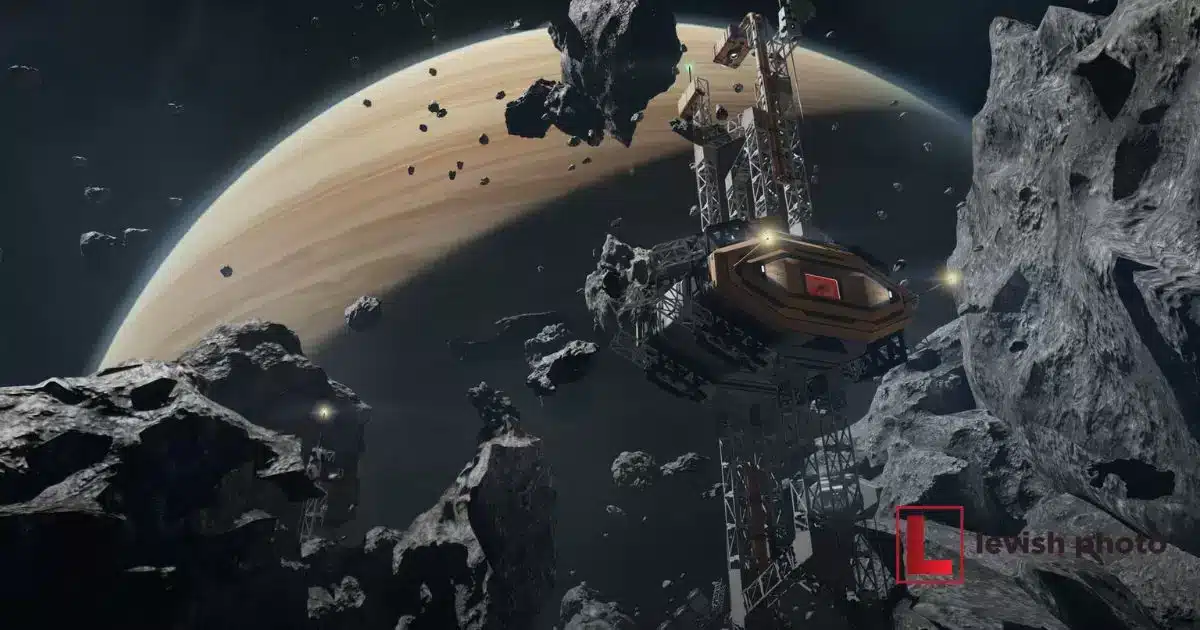Astronomers are scientists who study celestial objects like stars, planets, and galaxies. They observe these objects to understand their behavior, composition, and interactions. Through telescopes, astronomers gather data that helps them unravel the mysteries of the universe.
Imagine being able to capture images of distant galaxies and cosmic phenomena invisible to the human eye. Discover, How did space photography help astronomers? Space photography revolutionized astronomy by providing visual evidence and detailed images.
Space photography has been instrumental in expanding our knowledge of the universe. By using specialized cameras and telescopes in space, astronomers can capture high-resolution images, unveiling the intricacies of celestial bodies.
Evolution of Astronomical Observation Techniques
Over centuries, astronomers honed their observation techniques, starting with the naked eye and evolving to more sophisticated tools. Initially, stargazers relied solely on their eyes, studying the night sky for patterns and changes.
With the invention of telescopes in the 17th century, their view expanded, allowing for closer examination of celestial bodies. These early telescopes, while groundbreaking, were limited by their size and the distortions in their lenses, necessitating constant refinement.
Challenges Faced by Astronomers Pre-Space Photography Era

Before the advent of space photography, astronomers grappled with numerous challenges in studying the cosmos. One of the foremost obstacles was the Earth’s atmosphere, which distorted and obscured observations. Atmospheric conditions, such as turbulence and light pollution, significantly hindered astronomers’ ability to capture clear images.
Celestial phenomena occurring beyond the visible light spectrum remained elusive, inaccessible to traditional observation methods. These challenges prompted the need for a revolutionary advancement in astronomical observation.
Introduction of Space Photography By Revolutionizing Astronomy
The introduction of space photography marked a pivotal moment in astronomy’s history, reshaping the way astronomers explored and understood the universe. Placing telescopes and cameras beyond Earth’s atmosphere eliminated the distortion caused by atmospheric conditions.
Satellites and space telescopes, such as the Hubble Space Telescope, captured high-resolution images unaffected by atmospheric interference. These images offered a clearer, more comprehensive view of celestial bodies, unveiling details and phenomena previously unseen.
Advancements in Technology for Space Photography
In the realm of space photography, technological strides have been game-changers for astronomers. The evolution of camera technology equipped with highly sensitive sensors has transformed our ability to capture stunning images of celestial objects. Cutting-edge telescopes, such as the Hubble Space Telescope, introduced advanced optics.
The integration of adaptive optics, allowing telescopes to compensate for atmospheric distortions, significantly improved image quality. The utilization of space probes equipped with specialized cameras has also expanded our reach, capturing close-up shots of planets, asteroids, and moons.
Impact of Space Photography By Unveiling Cosmic Mysteries
The impact of space photography on unraveling cosmic mysteries cannot be overstated. Through the lens of space cameras, astronomers gained access to breathtaking images showcasing the birth and death of stars, the dynamics of galaxies, and the elusive phenomena of black holes.
Space photography has unveiled the intricate beauty and complexity of cosmic phenomena, shedding light on the formation of planetary systems and the dynamics of supernovae explosions. The impact of these images goes beyond their visual appeal, serving as crucial tools for scientific inquiry, hypothesis validation, and the expansion of our knowledge.
Discoveries Enabled by Space Photography
The stunning images captured by space telescopes revealed the existence of exoplanets orbiting distant stars, fostering the search for potentially habitable worlds beyond our solar system. These images have uncovered the existence of previously unknown celestial objects, such as dwarf planets, asteroids, and distant moons, enriching our catalog of cosmic entities.
Space photography has been instrumental in studying cosmic phenomena like gravitational lensing, where the bending of light around massive objects helps detect unseen matter in space.
Contributions of Space Photography to Astronomical Research
Space photography has profoundly impacted astronomical research by offering a visual gateway to the cosmos. Through this technology, astronomers gained the ability to capture high resolution images of celestial objects, unveiling their intricate details and structures.
These images have been instrumental in studying distant galaxies, nebulae, and even our own solar system, providing insights into their formation and evolution. Space photography enabled the discovery of exoplanets planets beyond our solar system by detecting their transits across distant stars, expanding our understanding of the universe’s diversity.
| Cosmic Object | Contribution of Space Photography |
| Distant Galaxies | Revealed details of galactic structures and evolution |
| Nebulae | Unveiled the complexities and dynamics within nebulous regions |
| Exoplanets | Enabled detection and characterization of planets outside our solar system |
Current Trends and Future Prospects in Space Photography
As technology advances, space photography continues to evolve, fostering new trends and exciting prospects in astronomical exploration. Current advancements focus on enhancing imaging capabilities, employing more sophisticated instruments, and refining data processing techniques to capture even clearer and more detailed images of celestial objects.
Future prospects in space photography, such as those envisioned by Martin Howard Photography, include the development of larger and more powerful space telescopes equipped with advanced imaging sensors, enabling the exploration of deeper regions of space with unprecedented clarity.
FAQs
How does space photography differ from Earth-based observations?
Space photography utilizes telescopes and cameras placed in space, unaffected by Earth’s atmosphere, allowing for clearer and more detailed images of celestial objects.
What are the main contributions of space photography to astronomy?
Space photography has enabled the discovery of new celestial objects, provided detailed images for research, and allowed astronomers to study cosmic phenomena with unprecedented clarity.
How has space photography impacted our understanding of the universe?
Space photography has transformed astronomy by offering visual evidence, revealing the intricacies of celestial bodies, and expanding our knowledge of the cosmos, unlocking new frontiers in exploration.
Conclusion
Space photography stands as an indispensable tool that has revolutionized astronomical research, offering profound insights into the vast and complex universe. Its contributions have transcended the realm of visual representation, significantly impacting our understanding of celestial objects and phenomena.
As technology continues to progress, space photography holds immense promise for unveiling further mysteries of the cosmos, shaping the future of astronomical exploration and discovery.
